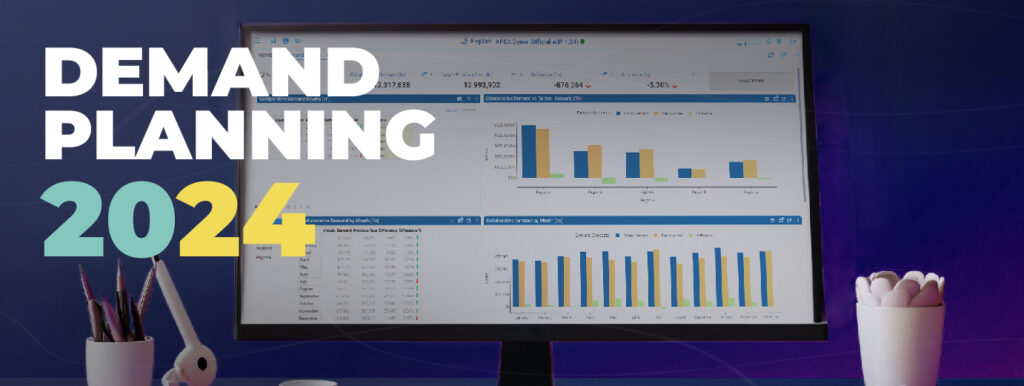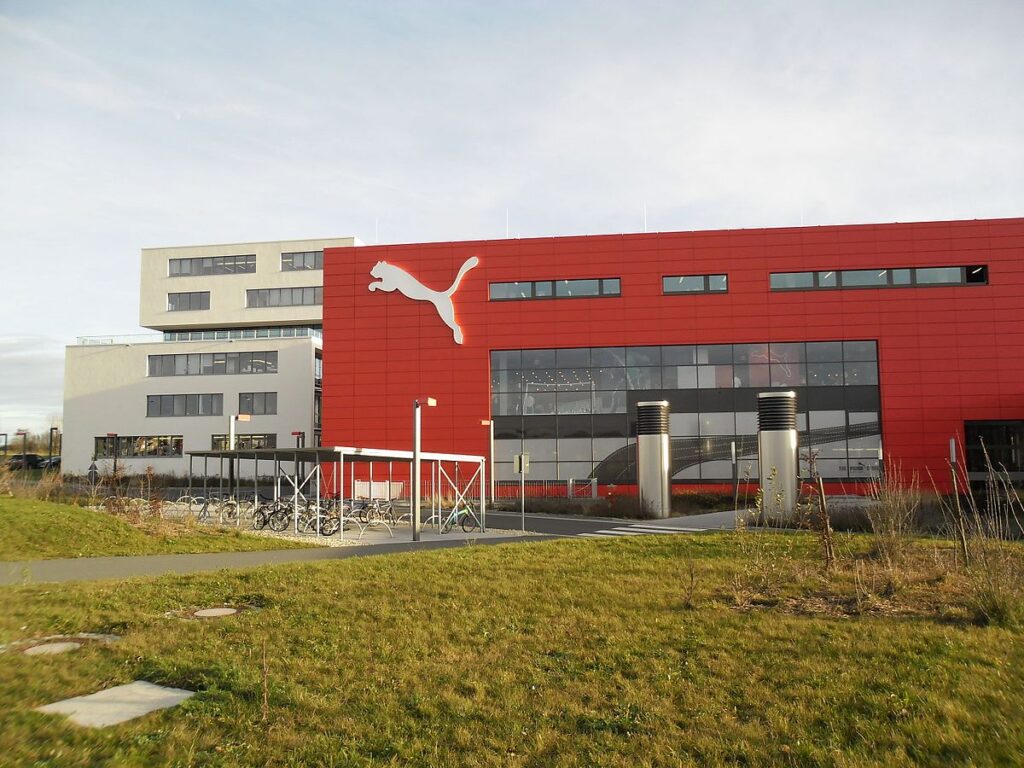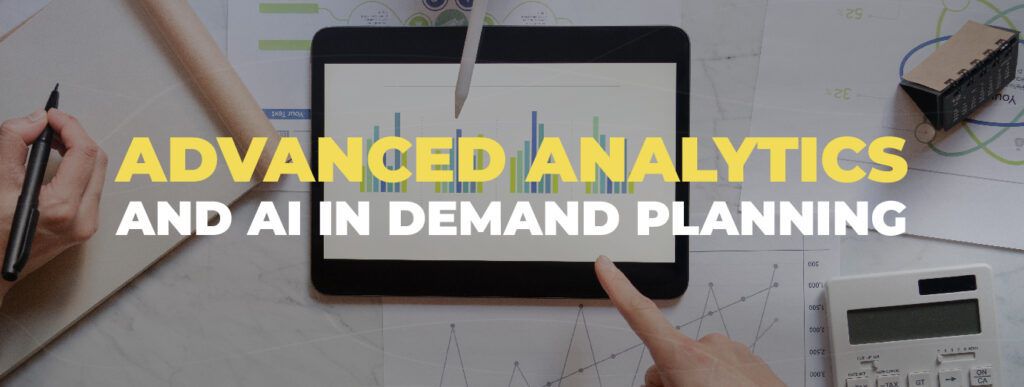Enhancing Efficiency through Coordinated Supply and Demand Planning in S&OP
Efficient coordination between Supply Planning and Demand Planning is essential for optimizing operations, mitigating risks, and maximizing customer satisfaction in the S&OP process. By integrating these two functions within the framework of Integrated Business Planning (IBP), organizations can achieve a holistic view of their operations, balance supply and demand effectively, and drive sustainable growth. This good practice has a significant impact on service levels, lost sales, optimal stock levels, equilibrium in S&OP KPIs, and collaboration in the Demand Planning process, ultimately enabling organizations to achieve their strategic objectives and gain a competitive edge in the marketplace.











